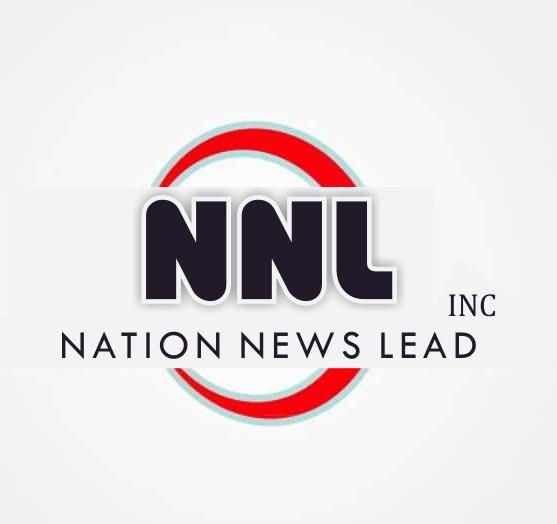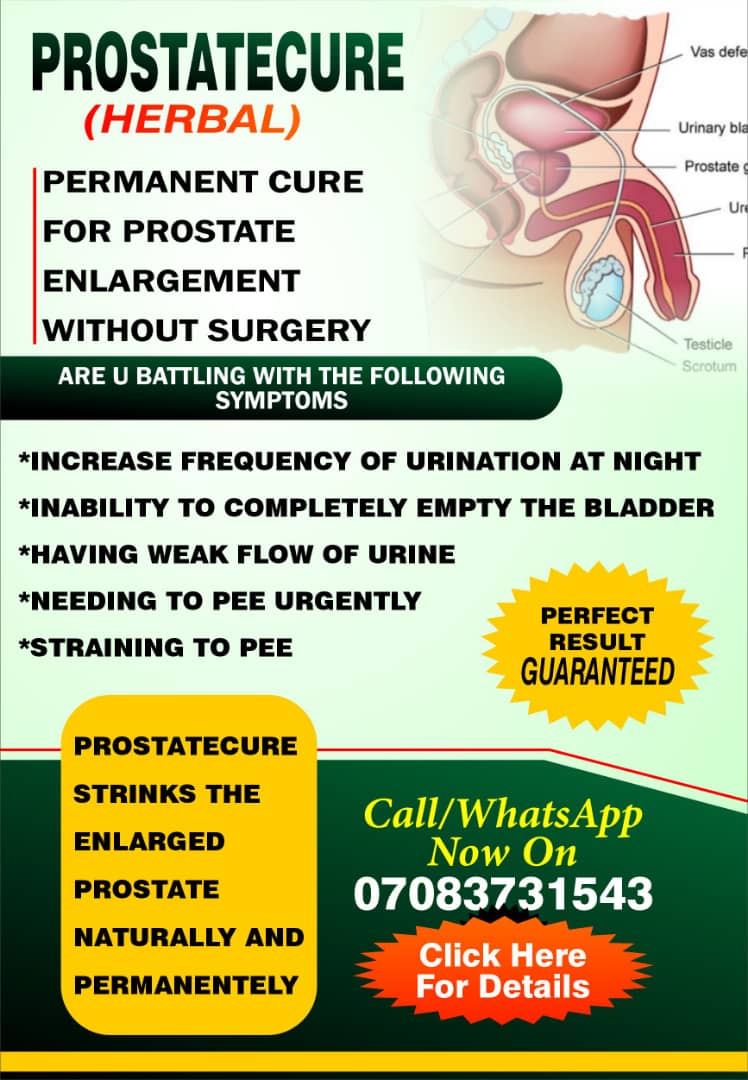
In this piece, JOSEPH INOKOTONG explores the intricacies of aviation insurance, highlighting its critical role in mitigating risks, ensuring financial protection, and promoting safety in aviation operations.
Understanding aviation insurance entails a close focus on risk assessment, policy selection, and effective claims management as essential components of this specialized insurance field.

Aviation insurance is a highly specialized form of coverage designed to protect aircraft owners, operators, and passengers against risks associated with aviation activities. It operates similarly to other insurance types: policyholders pay premiums, and insurers provide financial protection against specified losses or damages.
However, the unique nature of aviation introduces additional complexities. Key coverage typically includes: Hull Insurance: Protecting against damage or loss of the aircraft. Liability Insurance: Covering third-party claims for bodily injury or property damage. Passenger Liability: Addressing injuries or fatalities among passengers. Cargo Liability: Protecting against loss or damage to cargo. Ground Risks: Covering damages when the aircraft is not in flight.
Policies can be customized to fit various aviation activities, including private flying, commercial aviation, flight schools, drone operations, and more. Factors such as the type of aircraft, its usage, pilot experience, and location influence premium costs.
Developing Expertise in Aviation Insurance
Insurers entering the aviation sector must meet stringent requirements and develop specialized expertise. Essential capabilities include: In-depth Industry Knowledge: Understanding aircraft types, operations, and associated risks. Regulatory Compliance: Obtaining necessary licenses from aviation and insurance authorities like NAICOM, FAA, or FAAN. Risk Management: Using advanced tools and processes to assess aviation-related risks accurately. Reinsurance Support: Securing additional coverage to manage catastrophic risks. Industry Connections: Collaborating with aviation organizations and regulatory bodies.
Financial resources are another critical factor. For instance, underwriting commercial aviation risks may require capital ranging from $5 million to $200 million, depending on the scale and scope of the risks involved.
Offshore Insurance: Opportunities and Challenges
Allowing offshore insurers to participate in a country’s aviation sector has advantages and disadvantages. Some of the advantages include increased competition, which may lead to better pricing and policy terms, access to global expertise and reinsurance markets, and diversification of risk management solutions. The disadvantages include: Potential regulatory discrepancies between local and offshore insurers; limited understanding of local conditions by foreign providers, and challenges in handling claims due to the lack of a local presence.
Experts advise that countries evaluate their aviation insurance needs carefully, considering whether local insurers alone can meet capacity requirements or if offshore partnerships are necessary.
Enhancing Seamless Operations in Aviation Insurance
Achieving seamless operations requires a combination of local expertise and global support. Effective strategies include partnerships: Collaborations between local and global insurers to combine resources and expertise. Regulatory Frameworks: Clear guidelines to ensure fair competition and compliance with international standards. Technology Integration: Leveraging digital platforms to streamline risk assessment, data management, and claims handling. Specialized Brokers: Engaging brokers with aviation expertise to access tailored solutions and global markets. These approaches can improve efficiency and risk management, ultimately benefiting the aviation industry.
Factors in Risk Assessment and Claims Handling
Aviation insurance underwriters assess risks based on multiple factors, including Aircraft type, age, and maintenance history; Pilot experience and training; Operational details (private, commercial, or cargo); and Geographic location and safety records.
Policies often include strict conditions, such as maintenance and operational requirements; pilot training and certification standards; reporting obligations for accidents or incidents.
When claims arise, insurers conduct detailed investigations and assessments to determine repair or replacement costs. Effective claims management ensures timely resolutions, mitigating operational disruptions for policyholders.
Emerging Trends in Aviation Insurance
The aviation insurance market evolves continuously, influenced by factors like industry growth, technological advancements, and global events. Emerging risks, such as cyber-attacks, environmental damage, and new technologies like drones, are reshaping the landscape. Insurers must adapt to these changes by offering innovative coverage options and maintaining robust risk management frameworks.
Aviation insurance plays a pivotal role in safeguarding safety and financial stability in the aviation sector. By focusing on comprehensive risk assessments, well-structured policies, and efficient claims handling, stakeholders can enhance operational resilience and protect against unforeseen challenges. Balancing local expertise with global resources will be crucial in meeting the sector’s growing and dynamic demands.
Also, a well-defined regulatory framework with clear guidelines for aviation insurance can enable insurers to operate on a level playing field, promoting fair competition and seamless operations. Leveraging technology-enabled insurance platforms can streamline operations, improve data management, and enhance risk assessment, making aviation insurance more efficient and seamless.
Working with specialized aviation insurance brokers can provide access to expert knowledge, global markets, and tailored risk management solutions, facilitating seamless operations. By combining these options, aviation insurance operations can become more seamless, efficient, and effective, ultimately benefiting the aviation industry as a whole.
When used effectively, aviation insurance can play a critical role in enhancing safety within the industry by promoting a safety culture. Risk Assessments: Insurers often require detailed risk assessments before underwriting policies. This encourages operators to identify and mitigate potential risks proactively. Compliance Incentives: Insurance premiums can be linked to compliance with safety standards, encouraging adherence to regulations like those from the FAAN, EASA, or ICAO.
Encouraging Training and Certification – Discounted Premiums: Operators who invest in advanced pilot training, maintenance staff certification, or updated safety protocols may receive lower premiums. Loss Prevention Programmes: Many insurers offer or mandate participation in safety workshops, simulation exercises, or audits, which enhance operational readiness.
Funding Safety Upgrades – Coverage for Advanced Technology: Policies can cover expenses related to retrofitting aircraft with modern safety technologies like collision avoidance systems or weather radar. Claim Mechanisms: Insurance can provide funding for repairs and safety improvements after incidents, minimizing downtime and ensuring restored safety standards.
Facilitating Emergency Preparedness – Support for Training Drills: Many insurers cover or subsidize emergency response training, such as fire drills, evacuation procedures, and crisis management exercises. Enhanced Crisis Coverage: Policies may include provisions for post-incident recovery, such as liability for passenger injury, which incentivizes better preparation for emergencies.
Supporting Research and Innovation – Investments in New Technologies: Insurers may partner with aviation companies to fund research into safer aircraft designs, fuel systems, or air traffic control solutions. Sharing Risk Data for Innovation: Insurers collect extensive operational data, which can be shared (within confidentiality limits) to guide safety-focused innovation.
Encouraging Standardisation – Alignment with Global Standards: Policies often require operators to follow international safety protocols, ensuring consistency in safety practices across regions. Benchmarking Best Practices: Insurers can use their global perspective to recommend best practices observed in leading aviation markets.
Reducing Financial Pressures – Cost Sharing for Safety Investments: Insurers can offset the cost of major safety upgrades or modifications, making it financially feasible for operators to adopt the latest safety measures. Mitigating Post-Incident Losses: Quick payouts help operators recover faster from accidents, ensuring continued adherence to safety standards without long-term operational strain.
Creating Accountability – Strict Reporting Requirements: Insurers often mandate detailed incident and maintenance logs, promoting accountability within aviation operations. Operational Audits: Regularly scheduled and unscheduled inspections by insurers ensure that safety policies are not just documented but also practiced.
Enforcing Ethical Operations- Refusal to Cover High-Risk Behaviors: Insurers can deny coverage to operators with histories of negligence or unsafe.
READ ALSO: The Impact of Electric Vehicles on Car Insurance Policies








